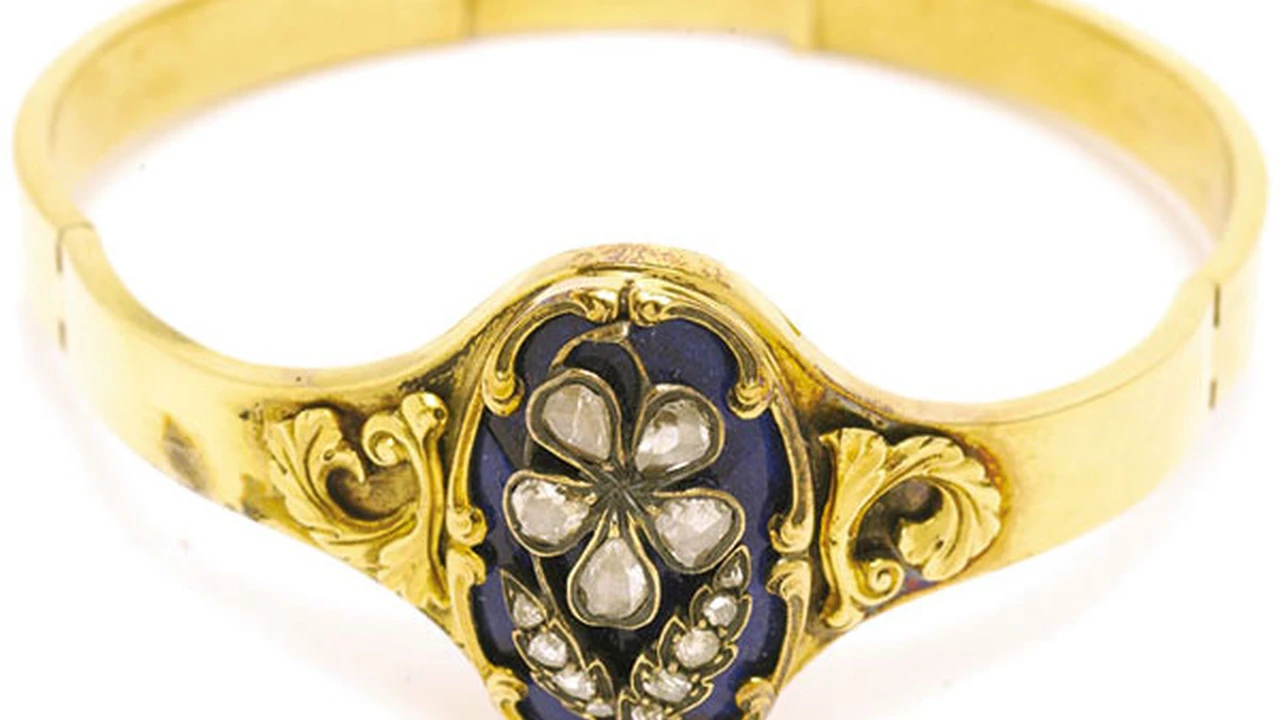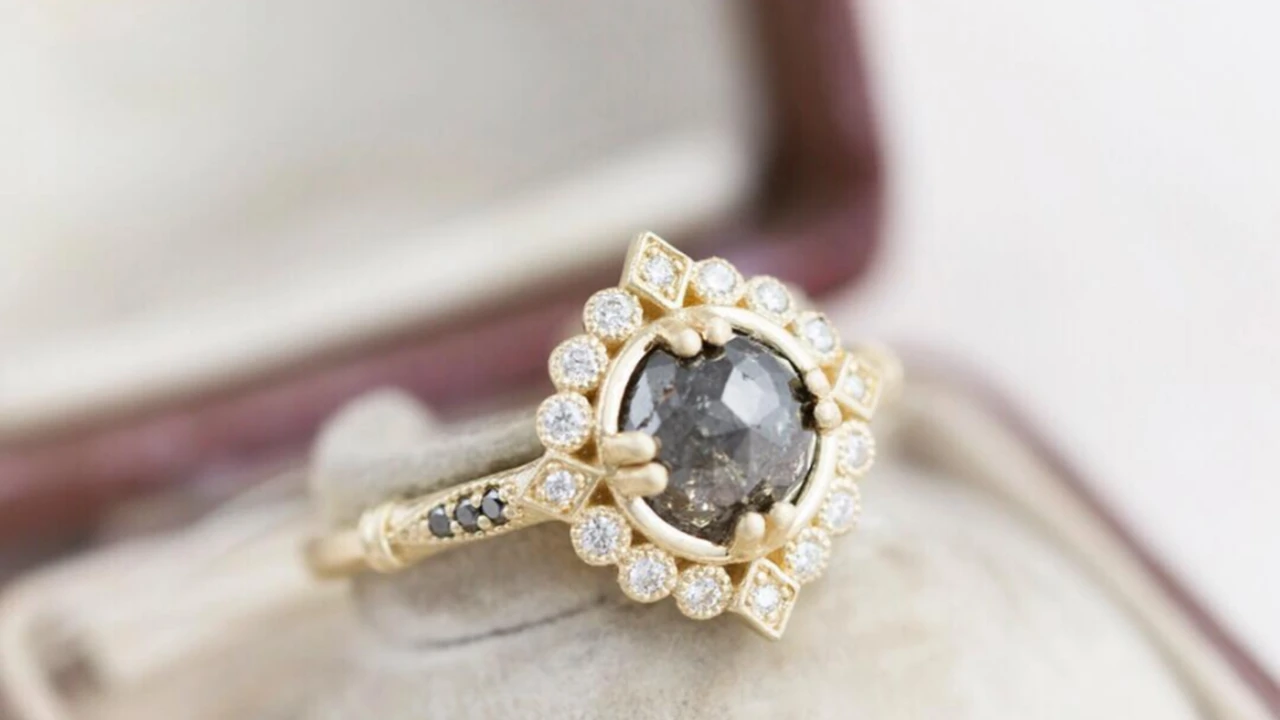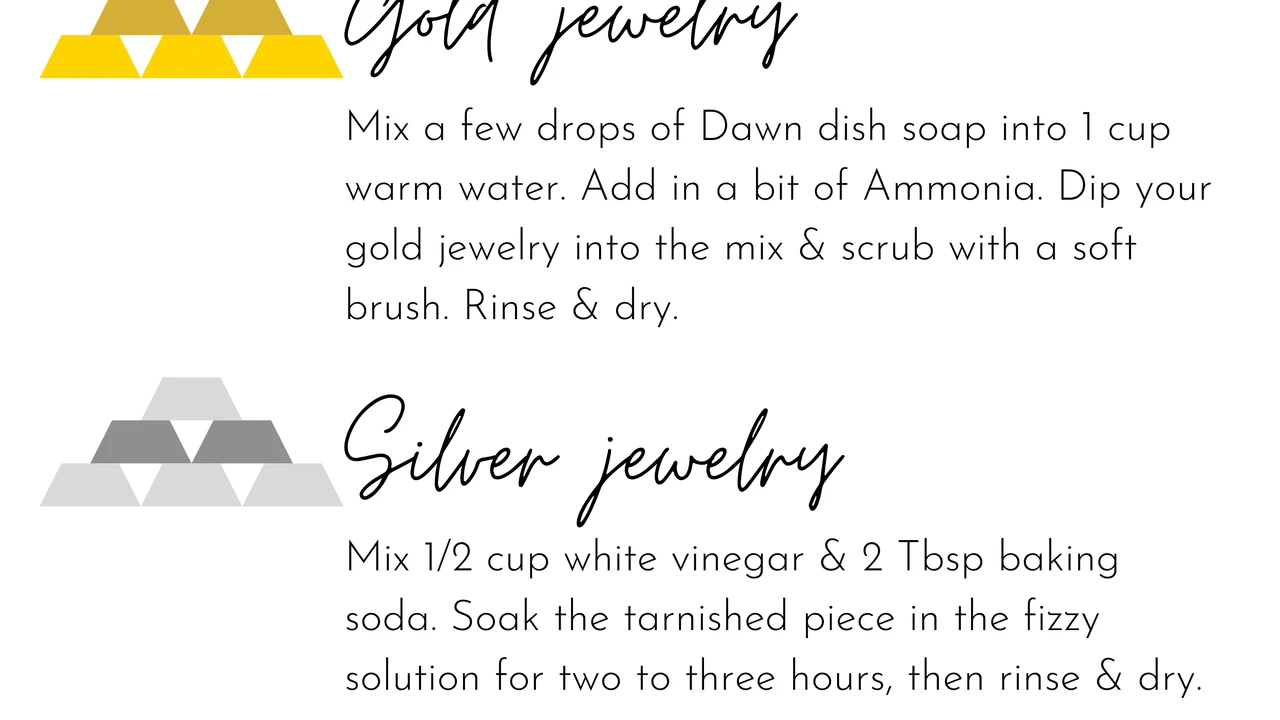The Legal Aspects of Buying and Selling Antique Jewelry
Learn about the legal aspects of buying and selling antique jewelry Ensure compliance with regulations and protect your rights.

Understanding Ownership and Provenance in Antique Jewelry
So, you're diving into the world of antique jewelry? Awesome! But before you drop serious cash on that stunning Art Deco bracelet or sell off your great-aunt’s Victorian brooch, let's talk about the legal stuff. It might not be the most glamorous part, but understanding ownership and provenance is absolutely crucial. Provenance, in simple terms, is the history of ownership. You need to know where a piece came from to be sure it's legit and that you have the right to buy or sell it.
Think of it like this: if someone's trying to sell you a 'rare' diamond necklace but can't tell you anything about its past, alarm bells should be ringing. A reputable seller will have documentation, like bills of sale, appraisals, or even old family photos, that trace the jewelry’s ownership. This helps avoid accidentally buying stolen goods or items with a murky past. Always ask questions! Don't be shy about requesting proof of ownership. A good seller will be happy to provide it.
Antique Jewelry and the Law: Contracts and Sales Agreements
When buying or selling antique jewelry, a clear contract or sales agreement is your best friend. This document should outline everything: the item's description (be specific!), the agreed-upon price, payment terms, and any warranties or guarantees. It's basically a roadmap for the transaction, protecting both the buyer and the seller. If you're buying from a dealer, they'll usually have a standard contract. But it's always smart to read it carefully and make sure you understand everything. For private sales, it's worth drawing up a simple agreement yourself or having a lawyer take a look. Trust me, a little paperwork now can save you a lot of headaches later.
Authenticity and Disclosure: Ensuring You Know What You're Buying
Authenticity is king (or queen!) in the antique jewelry world. You need to be sure that the piece you're buying is actually as old as it's claimed to be, and that any gemstones are genuine. Reputable sellers will provide detailed descriptions, including information about materials, hallmarks, and any known alterations or repairs. They should also be upfront about any uncertainties. If they're not 100% sure about something, they should say so. Disclosure is key. As a buyer, it's your responsibility to do your research too. Get a second opinion from an appraiser if you're unsure, and don't be afraid to walk away if something feels off. Remember, if a deal seems too good to be true, it probably is.
Import and Export Regulations for Antique Jewelry
Planning to buy or sell antique jewelry across borders? Get ready for a crash course in import and export regulations! Different countries have different rules about what you can bring in and out, especially when it comes to valuable items like antique jewelry. You might need permits, licenses, or to pay customs duties. Failing to comply with these regulations can lead to fines, confiscation of the jewelry, or even legal trouble. It's always best to check with the customs authorities of both the exporting and importing countries before you make any moves. And if you're dealing with particularly valuable or historically significant pieces, consider hiring a customs broker to handle the paperwork for you.
Dealing with Stolen or Illegally Obtained Antique Jewelry
Okay, let's get serious for a minute. Buying or selling stolen antique jewelry is a big no-no. It's illegal, unethical, and it can have serious consequences. If you knowingly buy stolen goods, you could face criminal charges and lose the jewelry (and the money you paid for it). That's why it's so important to do your due diligence and check the provenance of any piece you're considering. If you suspect that a piece might be stolen, report it to the authorities. You'll be doing the right thing and helping to protect the integrity of the antique jewelry market.
Insurance and Valuation: Protecting Your Antique Jewelry Investment
You've finally acquired that gorgeous antique necklace you've been dreaming about. Congratulations! Now, let's talk about protecting your investment. Insurance is a must-have for any valuable antique jewelry collection. It will cover you in case of loss, theft, or damage. But before you can get insurance, you'll need to have your jewelry appraised. A qualified appraiser will assess the value of your pieces based on factors like age, rarity, condition, and gemstone quality. The appraisal will also serve as proof of value for your insurance company. Make sure to update your appraisal every few years, as the market value of antique jewelry can fluctuate.
Case Studies: Legal Battles Over Antique Jewelry Ownership
The antique jewelry world isn’t always rainbows and sparkle. Here's a quick look at some real-world legal battles. Imagine a family heirloom suddenly claimed by someone else, or a piece purchased at auction later revealed as stolen. These cases highlight the importance of clear ownership records, proper documentation, and understanding the legal landscape. Research landmark cases to see how courts have handled disputes over antique jewelry ownership and authenticity. Knowledge is power, people!
Antique Jewelry and Estate Planning: Passing on Your Treasures
Thinking about the future? When it comes to estate planning, antique jewelry requires special consideration. Clearly document your wishes regarding who should inherit which pieces. Consider creating a detailed inventory with photographs and appraisals to avoid disputes among heirs. You might also want to consult with an estate planning attorney who specializes in valuable assets like antique jewelry. They can help you navigate the legal complexities and ensure that your treasures are passed on according to your wishes.
Product Recommendations & Market Insights
Now, let's get practical. Here are a few examples of antique jewelry pieces, along with their potential legal considerations:
Example 1: An Art Deco Diamond Bracelet
Description: Platinum bracelet featuring geometric designs and approximately 5 carats of diamonds, circa 1920s.
Potential Legal Considerations: Ensure the diamonds are conflict-free and that the bracelet wasn't illegally obtained during a historical conflict. Check for proper hallmarks and documentation to verify authenticity.
Price Range: $8,000 - $15,000 (depending on diamond quality and provenance)
Where to Buy: Reputable online antique jewelry dealers like 1stDibs or Lang Antiques.
Usage Scenario: Perfect for a formal event or as a statement piece for a special occasion.
Example 2: A Victorian Mourning Brooch
Description: Black enamel brooch featuring a locket compartment containing a lock of hair, circa 1860s.
Potential Legal Considerations: Verify the provenance to ensure it wasn't looted from a historical site or grave. Check for any restrictions on the sale of human remains (however minimal in this case).
Price Range: $500 - $1,200 (depending on the craftsmanship and historical significance)
Where to Buy: Antique shops specializing in Victorian jewelry or antique fairs.
Usage Scenario: A unique and historically significant piece for collectors interested in Victorian mourning traditions.
Example 3: A Southeast Asian Gold Necklace
Description: Intricately crafted gold necklace featuring traditional motifs and possibly jade or other local gemstones, likely from Thailand or Indonesia.
Potential Legal Considerations: Ensure the gold and gemstones were legally sourced and that the necklace isn't considered a cultural artifact subject to export restrictions. Research local laws regarding the sale of cultural heritage items.
Price Range: Varies greatly depending on gold content, gemstones, and craftsmanship; could range from $1,000 to $10,000+.
Where to Buy: Specialized antique dealers in Southeast Asia or reputable online sellers who can verify provenance.
Usage Scenario: A stunning statement piece reflecting the rich cultural heritage of Southeast Asia.
Comparison: When comparing these items, consider the legal risks and the complexity of verifying provenance. The Art Deco bracelet, while potentially expensive, may have clearer documentation than a Victorian mourning brooch or a Southeast Asian gold necklace. Always prioritize pieces with verifiable histories and comply with all applicable laws and regulations.
So there you have it! The legal side of antique jewelry might seem daunting, but with a little knowledge and careful research, you can navigate it like a pro. Happy collecting!
:max_bytes(150000):strip_icc()/277019-baked-pork-chops-with-cream-of-mushroom-soup-DDMFS-beauty-4x3-BG-7505-5762b731cf30447d9cbbbbbf387beafa.jpg)






